It looks like the monstrous sandworms depicted in Dune, but this ‘vampire fish’ sucks blood and its mouth full of swirling teeth is all too real.
Will Miles, 26, came across the strange creature on the beach near Exmouth Marina in Devon while out for a walk after work last week.
He said: “It was very noticeable, lying in the central part of the beach, close to the tide line – I was walking after work.”
“It was like an oversized leech with a suction cup full of sharp teeth pointing inward.”
The creature is a sea lamprey, a species known for sucking the blood of its prey; hence the nickname “vampire fish.”
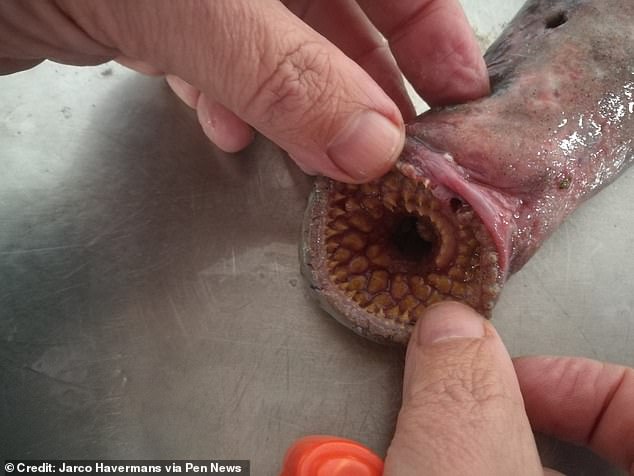
It looks like the monstrous sandworms depicted in Dune, but this ‘vampire fish’ sucks blood and its mouth full of swirling teeth is all too real.
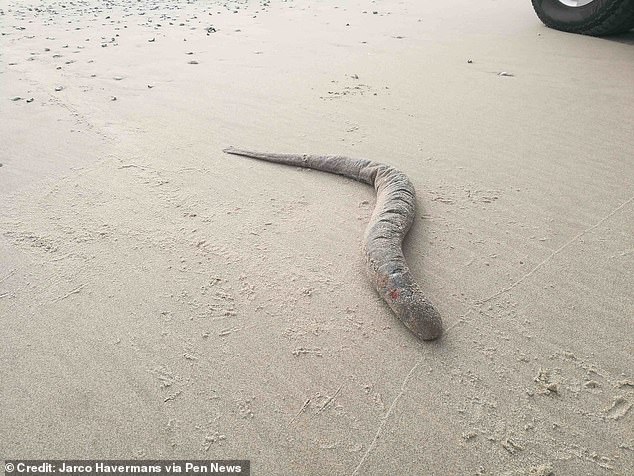

Will Miles, 26, came across the strange creature on the beach near Exmouth Marina in Devon while out for a walk after work last week.
Once widespread in the UK, they are now rare, with their decline attributed to poor water quality and artificial barriers in the rivers where they breed.
Miles, a warehouse worker in Bovey Tracey, estimated it was about 80cm long, just below the average height of a two-year-old child.
“I was very surprised,” he said.
“I had never seen one dragged before and I hoped I never would.”
Eager to share his strange discovery, Will posted a photo on a Facebook page for naturalists.
And while some correctly identified the elusive species, others thought it looked like something out of the hit Dune movies, based on Frank Herbert’s science fiction novels.
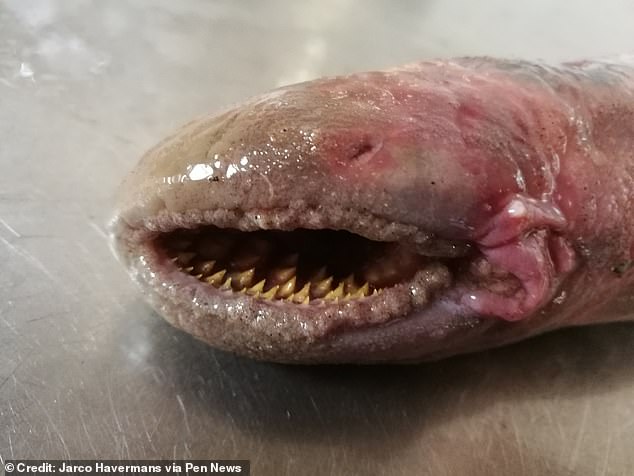

The creature is a sea lamprey, a species known for sucking the blood of its prey; hence the nickname ‘vampire fish’
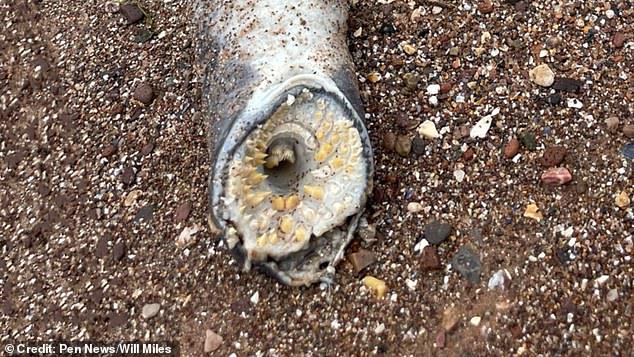

Once widespread in the UK, they are now rare, with their decline attributed to poor water quality and artificial barriers in the rivers where they breed.
“Looks like the sandworm from Dune,” one person wrote.
“That’s where Frank Herbert got his sandworms,” another added.
“I just watched the movie and it immediately popped into my head,” a third responded.
One person, referring to the fictional world where the series is set, asked: “Is this on Arrakis?”
While others called the creature ‘Shai-Hulud’, using the name given to sandworms by the indigenous people of Arrakis, the Fremen.
One wag asked: ‘Is there any spice lying around? I could use some interstellar travel before the election.
For others, the creature was more horror than science fiction.
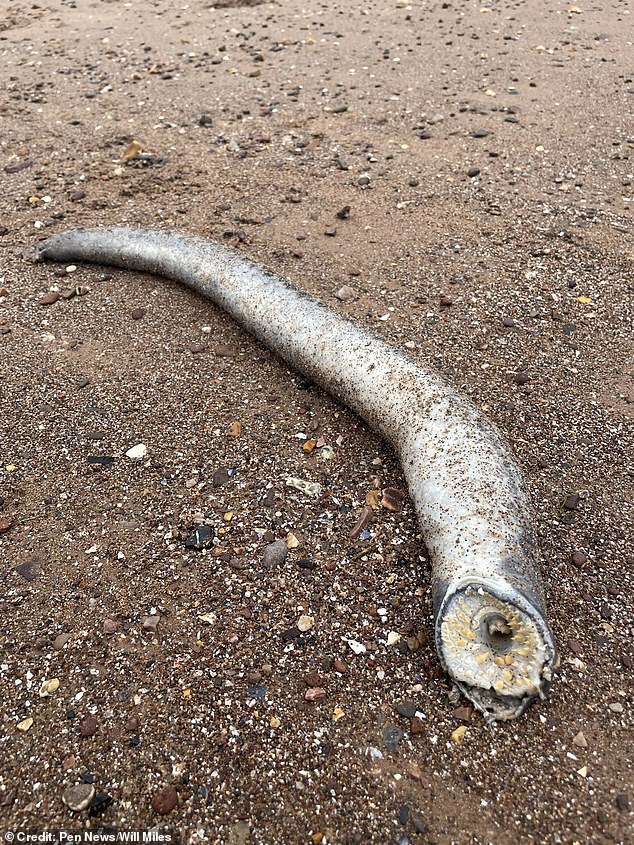

Miles, a Bovey Tracey warehouse worker, estimated it was about 80cm long, just below the average height of a two-year-old child.
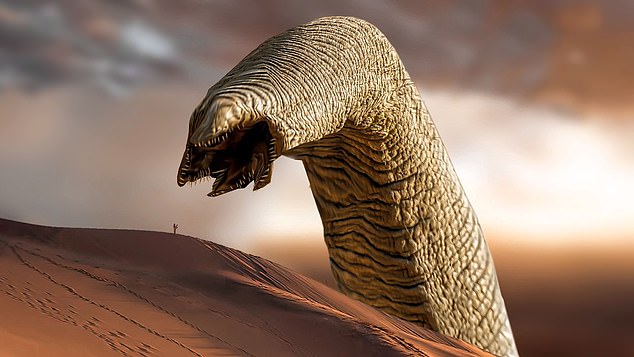

“Looks like the sandworm from Dune,” one person wrote. “That’s where Frank Herbert got his sandworms,” another added.
One comment read: ‘When I say I love the ocean, I really mean I love the surface. What happens underneath is terrifying and none of my business.
“I will never swim in the sea again,” said another.
It was also described as a “nightmare fish” and a “scary-looking creature.”
Marine biologist Jarco Havermans, who made headlines last year when he became the first person in six years to find a sea lamprey on the Dutch island of Texel, described their life cycles.
He said: “For five years they live embedded at the bottom, where they filter the detritus.
“After these five years, they metamorphose into an adult sea lamprey that migrates to the sea to live as a parasitic fish species on larger fish species and whales.”
The lamprey’s victim usually does not survive the encounter.
“To reproduce, they return to the rivers,” he added.

